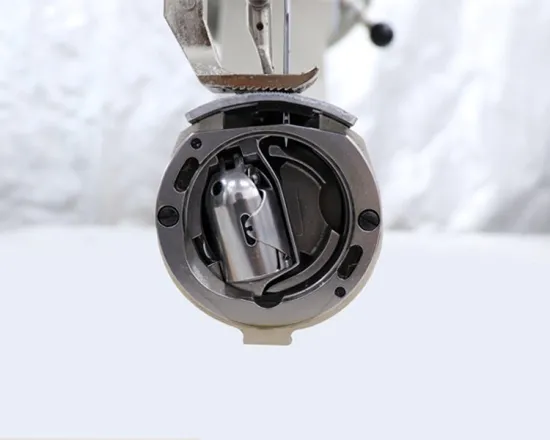Techniques for Mastering the Art of Sewing Leather Tips and Tricks for Success
Sewing Leather A Craft of Durability and Elegance
Sewing leather is an age-old craft that combines artistry with practicality. As one of the most durable materials available, leather has been used for centuries to create a wide array of items — from clothing and accessories to furniture and tools. The process of sewing leather is distinct from sewing other types of fabric, requiring unique techniques, tools, and a level of precision that can turn a simple piece into a lasting work of art.
The allure of leather lies not only in its durability but also in its rich texture and timeless appeal. Each piece of leather has its own character, defined by the natural imperfections and variations in color and grain. When you sew leather, you are engaging in a process that enhances these inherent qualities, allowing each creation to tell its own story. Whether it’s a rustic bag, a sleek wallet, or a pair of sturdy boots, the result is a beautiful, functional item that stands the test of time.
Choosing the Right Leather
When embarking on a leather sewing project, the first step is selecting the right type of leather. There are several varieties, each suited to different applications. Full-grain leather, known for its strength and breathability, is often the top choice for items that require longevity, such as belts and bags. Top-grain leather, slightly more processed, mimics the look of full-grain while being easier to work with. Suede and nubuck, on the other hand, offer a softer texture, perfect for garments and accessories but may not be as resistant to wear and tear.
Essential Tools and Techniques
sewing leather

Sewing leather requires specific tools to achieve the best results. The most crucial tool is a heavy-duty sewing machine designed for leather or a hand-sewing kit with specialized needles. Leather needles are shaped differently than standard ones, featuring a wedge tip that can pierce the tough material without causing damage. Additionally, using thread made from polyester or nylon is recommended, as these materials offer greater strength and resistance to wear.
Preparation is key when sewing leather. It’s essential to cut your pieces accurately, as leather doesn’t have the same forgiving nature as fabric; any mistakes are often irreversible. Using a rotary cutter or a sharp knife ensures clean edges. Furthermore, marking leather can be tricky since traditional fabric markers may not work. Instead, tailor’s chalk or a specialized leather pen should be used to make guide lines.
Once your pieces are cut and marked, it’s time to assemble them. Leather does not fray like other fabrics, meaning there is often no need for finishing edges. However, using adhesive or leather cement can help hold pieces in place for sewing. Each stitch must be deliberate; uneven stitching can detract from the overall appearance. Some artisans opt for decorative stitching techniques to enhance the beauty of their work.
The Joy of Crafting
Sewing leather is both a skill and an art form. It allows for creativity while also demanding precision and attention to detail. The sense of accomplishment that comes from transforming a flat piece of leather into a functional item is unparalleled. Whether for personal use, gifting, or even selling, each piece serves as a testament to the time, effort, and passion poured into its creation.
In conclusion, sewing leather is more than just a hobby; it’s a way to embrace craftsmanship in its purest form. With the right materials, tools, and techniques, anyone can discover the joy of working with this timeless material. As you embark on your leather sewing journey, remember that practice makes perfect, and each creation is a step toward mastering a truly rewarding craft.
-
Industrial Cylinder Arm Sewing Machine: Revolutionizing Heavy-Duty SewingNewsJul.28,2025
-
Cylinder Arm Sewing Machine: Perfect for Special Sewing ApplicationsNewsJul.28,2025
-
Cylinder Bed Sewing Machine: Essential for Sewing Complex MaterialsNewsJul.28,2025
-
Heavy Duty Sewing Machine: The Essential Tool for Industrial ApplicationsNewsJul.28,2025
-
Computerized Pattern Sewing Machine: Revolutionizing Precision StitchingNewsJul.28,2025
-
Heavy Duty Industrial Sewing Machine: Power Meets PrecisionNewsJul.28,2025
-
Leather Sewing Machine: The Industrial Standard for Tough MaterialsNewsJul.18,2025





























